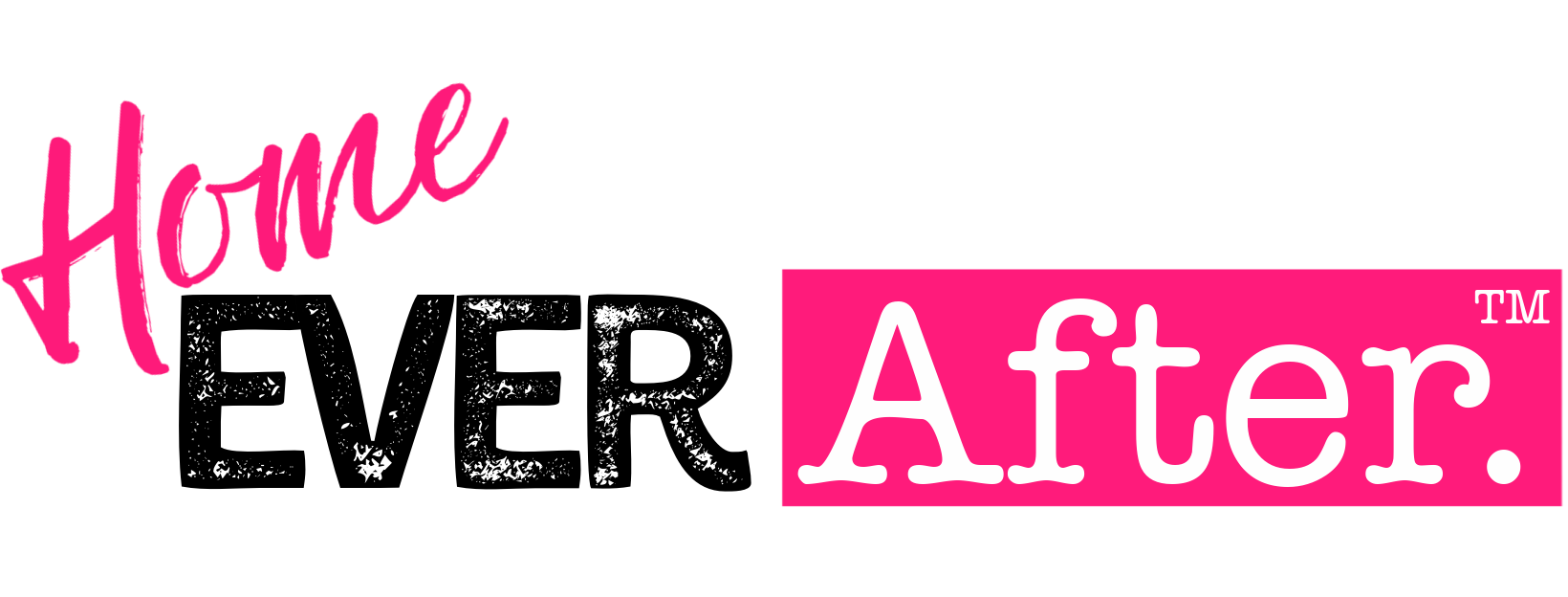How to Create a New Baby Identification Sheet
As soon as you bring your newborn baby home from the hospital, you’ll want to fill out a New Baby Identification Sheet. This is a helpful paper that contains important identifying information about your child, in case they should ever be missing.
The New Baby Identification Sheet is a page you’ll be able to print off and give to the police department, investigators, etc. in the terrible case that your child is ever lost, kidnapped or abducted. With that in mind, the sheet needs to have as much information about your baby as possible, including identifying physical marks.
Since babies and toddlers grow and change quickly, you’ll want to update your sheet at least every 3 months with current information and photos. There is no age limit on this sheet, and you may want to consider keeping a Child Identification Sheet for each of your older children as well.
What to Put on a New Baby Identification Sheet
Creating a New Baby Identification Sheet is fast and easy, so take 5 minutes to do one right away if you haven’t already. Here’s what you’ll need to include:
1. Color photos. Try to avoid cute or artistic photos. Clear, high resolution color photos are key. You’ll need to take photos that will help complete strangers recognize your child if needed. Include at least:
- 1 face shot, taken from the front
- 1 face shot, taken from the side (a profile)
- 1 full body shot
- Photos of any identifying birthmarks
2. Footprints, handprints, or fingerprints. There are simple kits in the memorabilia section of most craft stores that can help you preserve baby’s handprints and footprints. Simple black ink will do in a pinch.
3. A detailed description of your baby’s appearance, including the following:
- Hair color
- Eye color
- Birthmarks or moles
- Height
- Weight
4. Baby’s doctor, his/her contact information and your hospital’s name. These are necessary in case your baby is found and needs immediate emergency attention before you can be contacted.
5. Baby’s home address, so baby can be returned.
6. Mother’s name and phone number. Include work phone and cell phone.
7. Father’s name and phone number. Include work phone and cell phone.
8. Other emergency contact and phone number – list as many as possible, in case you are unreachable.
9. Vital health information about your baby, including:
- Blood type (in case a blood transfusion is necessary)
- Medical conditions
- Allergies to medicines or materials (such as latex)
- Previous surgeries or hospitalizations your baby has had
It’s better to be prepared with the necessary information about your children ahead of time in case you should ever need it. In a time of stress or panic, it’s not as easy to think clearly and give complete information to authorities. Take a few minutes and put together your Baby Identification Sheet now!


